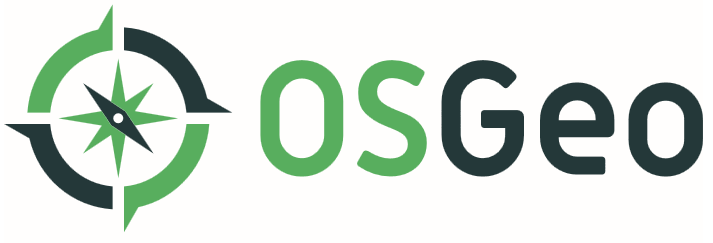Professional Grade Mapping Basics for Developers

We interact with consumer grade mapping products on a regular basis, like when we search for directions on our phones, or when we get bored at work and browse Google Earth to see what our houses look like from space. As mere consumers, we have exceptional mapping software at our disposal – but, have you ever wondered what professional mapping products are capable of?
Here, I’ll walk through the basics of professional grade mapping and contemplate what is possible from a developer’s perspective.
Professional Mapping Programs
Professionals use a class of mapping software called geographic information systems (GIS). Some common programs are Esri ArcGIS, QGIS, and GDAL/OSGeo. If you are a developer, OSGeo may already be familiar to you, as it is essentially a geospatial library developers can use to retrieve data.
Infrared Advantage
Infrared sensor data can reveal characteristics about objects beyond what is captured by the visible spectrum alone. This data can be collected via satellite using a suite of sensors that each specialize in narrow ranges of wavelengths within the infrared spectrum. Different wavelengths are absorbed in measurable amounts based on material’s makeup, so by using narrow infrared sensor ranges it is possible to separate different materials on Earth. Variations in wavelength absorbance can also help distinguish shapes to the human eye when infrared renderings are shifted into the visible spectrum.
Infrared wavelengths are longer than those in the visible spectrum, and allow us to detect infrared radiation emitted from the Earth’s surface. Humans can only see a small portion of the electromagnetic spectrum so using wavelengths outside of the visible light spectrum can help. For example, near infrared bands can be useful for vegetation studies while shortwave infrared is sensitive to moisture content in soil.
What Can Developers Do With Pro Grade Maps?
As a developer, I wanted to explore an intersection of GIS with my field. Consider a theoretical website capable of identifying any American football field on Earth. To find the locations of all the fields, I could leverage the strength of a GIS program with machine learning or artificial intelligence (AI) to search through satellite imagery and locate stadiums that satisfy a specific set of characteristics.
Using the impressive capabilities of GIS programs that can map infrared satellite data, I can define football stadium characteristics in both the visual and non-visual spectrum for an AI program to use in its search. To demonstrate how this could be done, here is a list of just some of the characteristics I could define:
- Existence of turf or grass in a rectangle of given dimensions.
- Field goal posts between 100-120 yards apart.
- A wear pattern on the field that is more worn in the center where play is focused compared to the edges which see less use. A possible approach would be to use a vegetation indices like Normalized Difference Vegetation Index to identify vegetation composition in great detail. This is possible because healthier vegetation is more reflective in certain spectrums because of the reflectivity of chlorophyll.
A program could then theoretically search for locations that satisfied these attributes, with the results displaying on a simple web user interface. However, this simplified example leaves out important mapping complexities that will arise. These are the environmental variables that the satellite data was collected under and projections.
Environmental Variables
One of the hurdles of real world data crunching with mapping systems is the existence of clouds and shadows over the landscape which can be challenging for searching visual data. Another consideration is the orientation of the objects in the imagery, specifically when “off-nadir” angles occur. This is the term used for when satellite imagery has not been captured absolutely squarely from above, but instead shows objects on a side angle.
Projections
A projection is simply a two dimensional display of the Earth’s surface. Typically when you see a world map it is presented as a flat rectangle. A flat rendering of the surface of a sphere requires distorting the shapes and sizes of objects in the image, especially towards the poles. This is a necessary adjustment, since a sphere will not lay flat unless cut into very fine sections. Several types of projections exist beyond the standard rectangle and, depending on the visualization you are trying to create, you may need to delve into a more appropriate projection to create the most useful product.
GIS tools are used in nearly all industries, even though we may seldom recognize their contribution. These basics have only scratched the surface of opportunities, and I hope they might inspire other developers to explore incorporating the strengths of GIS in new and exciting ways.
